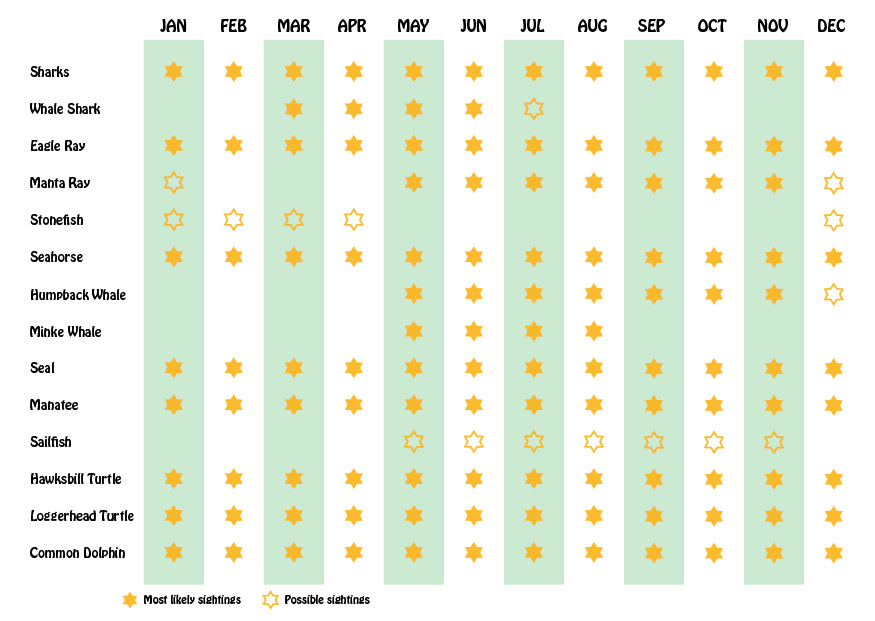Mainland Australia is the world’s largest island but also the smallest continent. The country is divided into six states and two territories.
Australian Capital Territory
The Australian Capital Territory (ACT) bounds the national capital of Canberra and is the centre of government.
New South Wales
New South Wales (NSW) is Australia’s oldest and most-populous state. Sydney is the nation’s largest city and is renowned for its idyllic beaches, great walks and world-class dining. New South Wales is also home to popular attractions including the Blue Mountains and the Hunter Valley wine region.
Northern Territory
At the top end of Australia lies the Northern Territory (NT). It is home to the famous Uluru, Kata Tjuta and Kakadu National Park.
Queensland
Queensland (QLD) is Australia’s second-largest state (in size) and is home to the world famous Great Barrier Reef, the world’s most extensive subtropical rainforest and the beautiful Queensland Islands – including the World Heritage-listed Fraser Island.
South Australia
South Australia (SA) sits in the southern central part of the country. The state’s capital is Adelaide and is a great base for exploring the Barossa wineries, the Flinders Ranges and Kangaroo Island.
Tasmania
Tasmania (TAS) is separated from mainland Australia by the Bass Strait and is the smallest state in Australia. One-fifth of Tasmania is covered by national parks and wilderness – abundant in driving routes and walking trails – and it is one of the world’s most mountainous islands.
Victoria
Victoria (VIC) is the smallest of the mainland states in size but is home to the country’s second most populated city, Melbourne. The only thing more sacred than the footy is Melbournians love of coffee, and here you’ll find some of Australia’s best flat whites, cappuccinos and piccolo lates.
Western Australia
Western Australia (WA) is Australia’s largest state, the state’s capital is Perth; the fourth most populous city in Australia and famed for its uncrowded beaches, parklands and fresh seafood.

